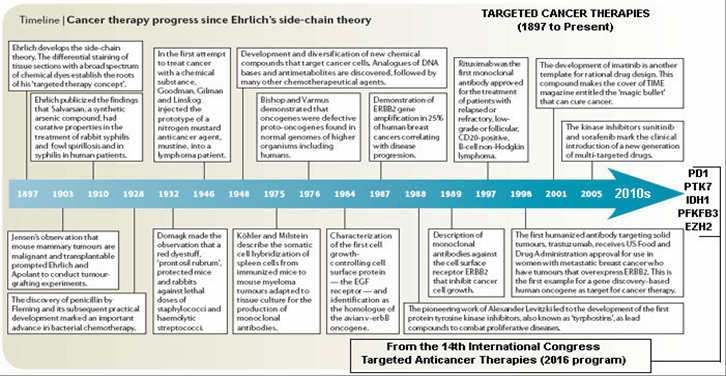Paradoxes of Our Cancer Therapeutic Progress

During the last 30 years, advances in molecular biology and cancer genetics have expedited cancer drug development and targeted therapies tremendously. Paradoxically, at the same time, cancer is threatening human society more than ever before in recorded medical history. As of 2014, cancer became the most common cause of death worldwide [1]. In the United States, cancer is the leading cause of death due to disease for children and adolescents between the ages of 4 and 14 [2], and for all adults except for the elderly [3]. In the U.S. alone, approximately 1,600 men, women, and children die every single day from cancer [4]. About 20,000 people die daily from cancer in the world [1]. Some journalists have compared this to approximately 100 plane crashes per day without survivors.
To better appreciate the magnitude of the problem, in 2010, an estimated 8 million cancer deaths occurred worldwide. By 2030, this estimate is expected to increase to 17 million cancer deaths per year [1]. Although many factors play a role in these figures (pollution, aging populations, etc.), none is more important than the fact that with our current medical treatments involving chemicals, biologicals, and radiation, all common cancers affecting humans (breast, lung, colon, stomach, pancreas, ovarian cancers, melanomas, etc.) remain as incurable and lethal today as they were 100 or 200 years ago, if they advance beyond curability with surgery (and become inoperable or metastatic). Today, approximately 2% of all cancers can be cured with drugs, biologicals, and radiation (such as some rare leukemias, lymphomas, and germ-cell cancers) [5-7].
